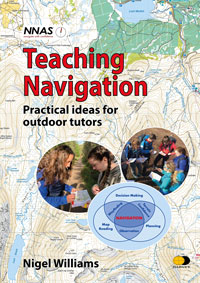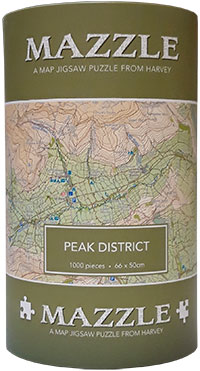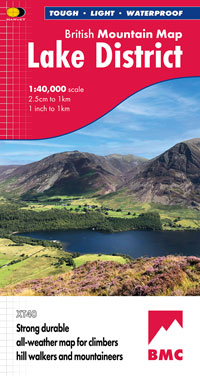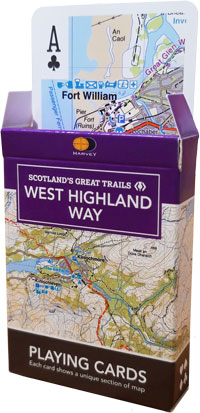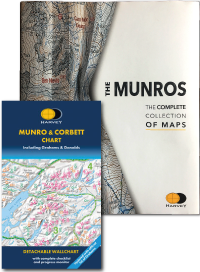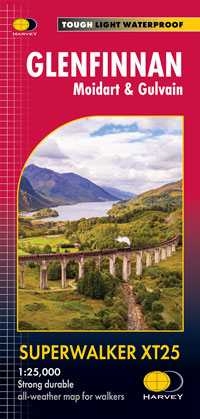Components of navigation and using GPS
by Nigel Williams
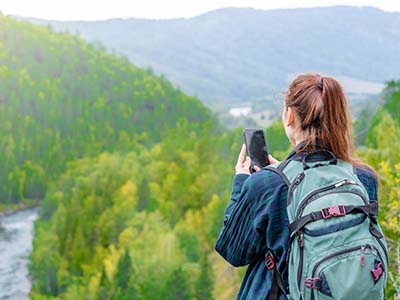
Additionally, neuroscience research into how the brain develops and manages the cognitive navigation processes has become more mainstream in books such as Wayfinding by Michael Bond and Dark and Magical Places by Christopher Kemp.
The black writing is largely the practical elements whilst the blue is largely the cognitive factors, all surrounded by the key element of confidence which, of course, comes from practice.
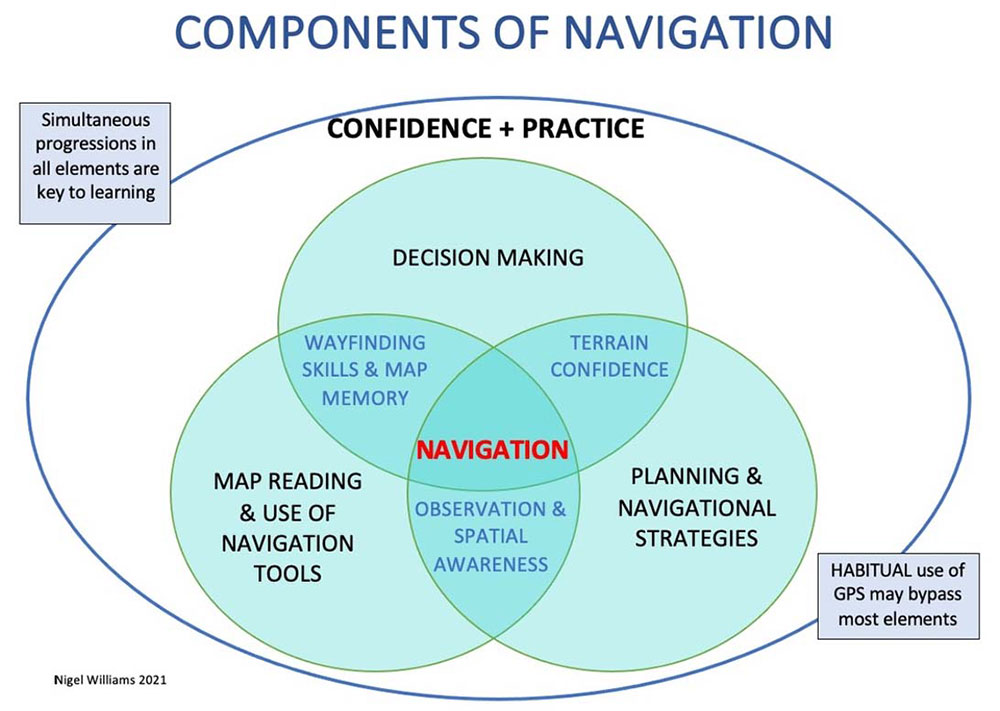
The other day I came across a rather more scientific view, also described as "components of navigation", in a 2010 paper entitled "What determines our navigational abilities?" by Thomas Wolbers and Mary Hegarty. Principally, they are "cognitive and perceptual factors, neural information processing and variability in brain microstructure". Those are key elements of our spatial awareness abilities.
Further recent research, such as Sea Hero Quest and City Hero Quest, has highlighted how our early years upbringing, social and physical environment and our freedom to explore, impact neural information processing and variability in brain microstructure when it comes to navigation.
A couple of other descriptions summarising navigation:
- Planning, location awareness, direction and execution.
- the process of locating and searching for a target based on internal and external information.
- The cognitive ability to both plan and move from one place to a goal location.
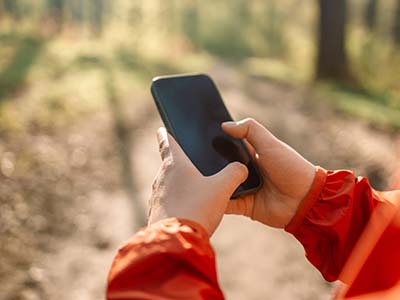
In 2010 GPS and mapping apps were in their infancy; 15 years on we have a generation of people for whom it is the only way to navigate.
A longitudinal study in 2020 observed a relationship between habitual GPS use and impairment of spatial awareness over time, effectively weakening the three components that Wolbers and Hegarty identified. It found that over time the participants making the greatest use of GPS had the greatest decline in spatial awareness. The tests measured the participants' ability to estimate the relationship between objects or landmarks if they were to be viewed from different directions. Secondly, the ability to position themselves in relation to the objects when shown a picture of them from different perspectives. These abilities are not just required for navigation but for all sorts of daily tasks indoors and outdoors, so it is a transferable life skill. Based on the evidence above, the overall impact of this may not come into focus until this first GPS dependent generation reaches old age, when our spatial awareness usually deteriorates anyway.
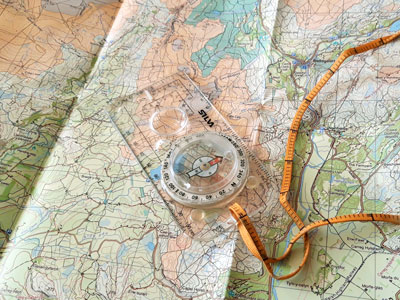
That doesn't mean doing away with the GPS and apps, but rather using them all appropriately so we exercise our cognitive wayfinding and spatial awareness processes whilst not putting all our reliance on one technical device which is open to a range of vulnerabilities outside our control. (Yes, paper maps have vulnerabilities but we can mostly control and mitigate them, unlike most of the tech vulnerabilities).
As the GPS plays an ever-increasing part in our lives whether work or recreation, could humans eventually lose some of their hereditary cognitive wayfinding processes?
You may also be interested in ...
- If you are interested in reading Nigel's book then you can take a look at it here - Teaching Navigation, Practical Ideas for Outdoor Tutors.
Return to the Navigation Blog
 FREE UK delivery
FREE UK delivery For Christmas delivery information
For Christmas delivery information 

